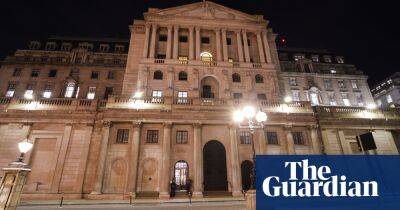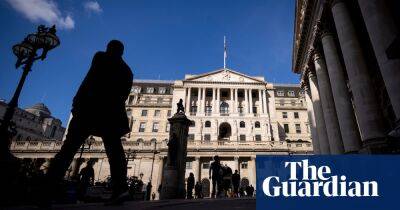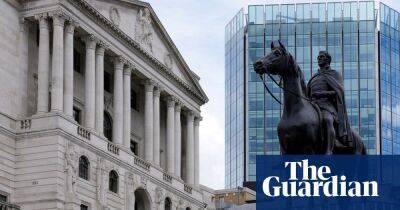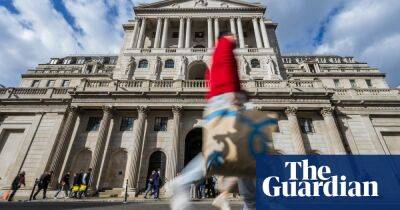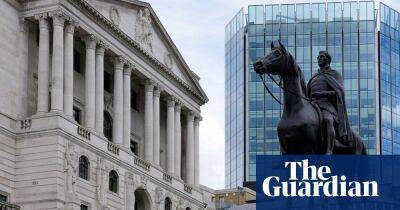Fresh storms threaten Bank of England’s high-wire act
Nine days into the Bank of England’s 13-day operation to calm markets and create an escape chute for over-leveraged pension funds, fresh storms should not be breaking out. But they are. Index-linked gilts have been added to the list of things the Bank is prepared to buy – on top of the conventional long-dated variety that have been the focus so far. This wasn’t just a technical tweak. The dreaded phrase “a material risk to financial stability” has returned to official communication.
What happened? First, the mini drama with pension funds’ liability-driven investment strategies. Despite Threadneedle Street’s loose claim that LDI funds have made “substantial progress” in deleveraging themselves, it rather looks as if some funds failed to heed the official warning to get their houses in order.
Maybe a few were gambling that the Bank would roll out its full £65bn arsenal for the 13-day operation and force gilt yields lower, which would deliver better prices for the sellers. So far, that’s been a losing bet for the funds. Yields have returned to alarmingly high levels – 4.7% on the 30-year variety, so not far off the 5% seen before the Bank’s original intervention, which was triggered, of course, by Kwasi Kwarteng’s mini-budget on 23 September.
The Bank’s latest intervention illustrates what a narrow path it is having to tread. It can allow yields to rise a bit (it’s not targeting a particular level, remember), but it cannot allow complete chaos to reign. Thus the move on the “linkers”. It is a high-wire act.
The good news – of a sort – is that you’d still bet on the Bank succeeding. In extremis, it can always extend its gilt-buying beyond Friday and thereby avoid the much-publicised “cliff edge” risk. It would be embarrassing to
Read more on theguardian.com


 theguardian.com
theguardian.com


